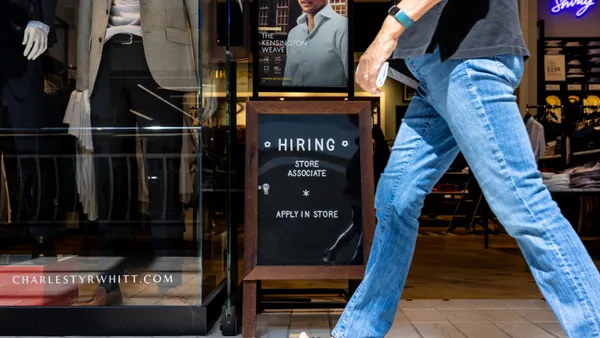After years of pandemic-driven experimentation, the future of the office is still an open question for many employers. A growing number appear set on requiring at least some form of return to physical offices within the next year, even as workers push back against the notion that offices are necessary to maintaining productivity.
What is not up for debate is that flexible work models, including remote work and hybrid work, have spotlighted the ways in which organizations may be failing to keep up with changing technology, according to panelists at a virtual event hosted by media outlet Quartz Sept. 30.
At the beginning of the pandemic, setting up a fully remote workforce meant prioritizing strong Wi-Fi connections and camera setups, followed by other items such as stand-up desks, microphones and lighting, said Stephanie Hallford, VP and general manager, business client platforms at Intel. But the move to hybrid environments has changed these considerations.
“Two years later, we’ve come full circle and companies are actually trying to bring those tools and that same environment into the office, because you’re still going to have some online stuff done in the office,” Hallford said. “I think the mindset and the behavior that needs to happen with companies is flexibility, that we’re now not working for one size fits all.”
Employers can adapt their processes simply by having an awareness of a team’s typical workflow. For example, if a manager knows that Wednesdays tend to be a good time to host brainstorming sessions for a particular team, that may be a good starting point for in-person requirements, Hallford said.
That kind of strategic thinking could be critical given that opportunities for co-workers to interact face-to-face have decreased, said Dani Johnson, co-founder and principal analyst at RedThread Research.
Moreover, organizations are increasingly turning to technology to fill these gaps. Johnson pointed to the example of coaching technologies that, at first glance, may appear to have the obvious goal of helping workers do their jobs better, but which also fulfill a secondary purpose: connecting people.
Coaching is key given its connection to skill development, and it could be another way to build trust between leaders and employees. If organizations know which skills employees have developed — or seek to develop — “they’re able to create really personalized learning to use for them,” Johnson said. “They’re able to provide their managers with more information so they can have deeper, richer conversations about it.”
Skill development is also essential to helping organizations adapt to more technologically sophisticated environments, according to Sophie Ruddock, VP and general manager at Multiverse North America. Ruddock said that while employers typically emphasize in-demand hard skills in the recruiting process, they also may need to consider “durable skills” that allow employees to adapt to change over time, such as data analysis.













